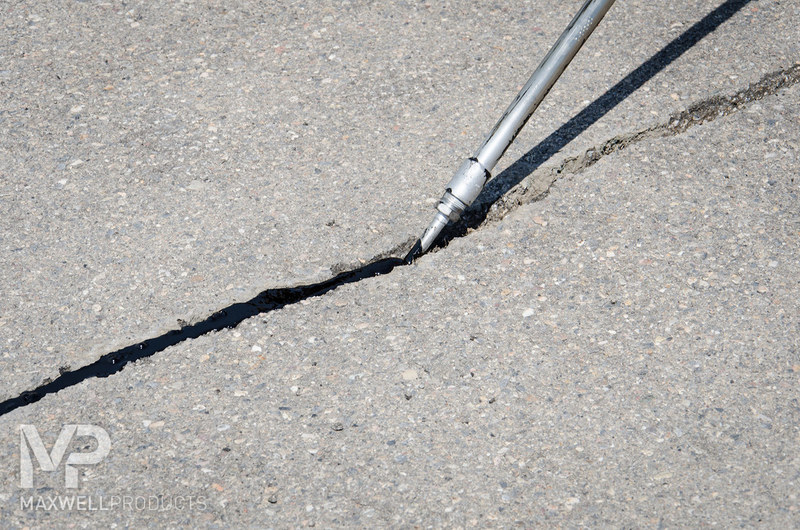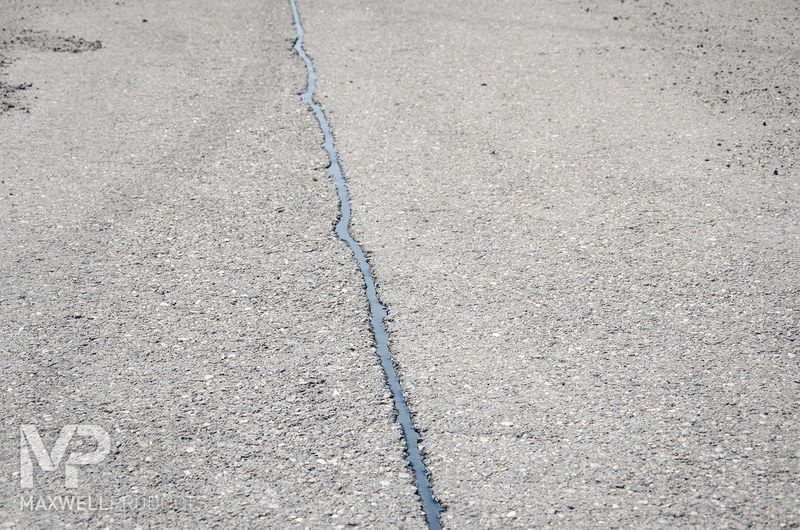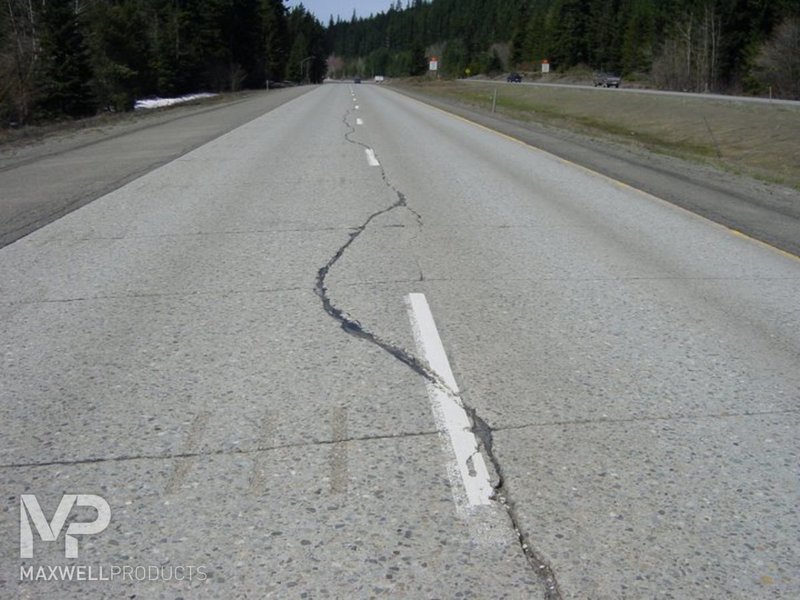View Photo
Solution Center
Repairing Longitudinal Cracking with:
Flush Fill Crack Seal Simple Overband Crack Seal Overband Crack Seal
Problem: Longitudinal Cracking
Longitudinal cracking runs parallel to the pavement centerline (or laydown direction) and can be associated with reflective cracking from an underlying layer, poor joint construction or location (joints located in the wheel path), frost heaving, or load-related stress. Longitudinal cracking may also signal the onset of fatigue cracking (alligators/crocodiles or spider-web cracking).
Solution: Flush Fill Crack Seal
Another common and cost-effective method of sealing pavement cracks, flush-fill crack sealing is accomplished by filling a crack with crack sealant material flush with the surface of the pavement. There may be slight settling as the material cools, creating a very shallow channel, but flush-filling a crack seals out moisture and incompressible debris, protecting the base and walls of the crack, as well as provides a flexible filler that will move with the pavement during thermal expansion/contraction cycles. This method is usually chosen when a surface treatment or overlay is planned and/or when an overband is not wanted or required.
Comments
no comments






